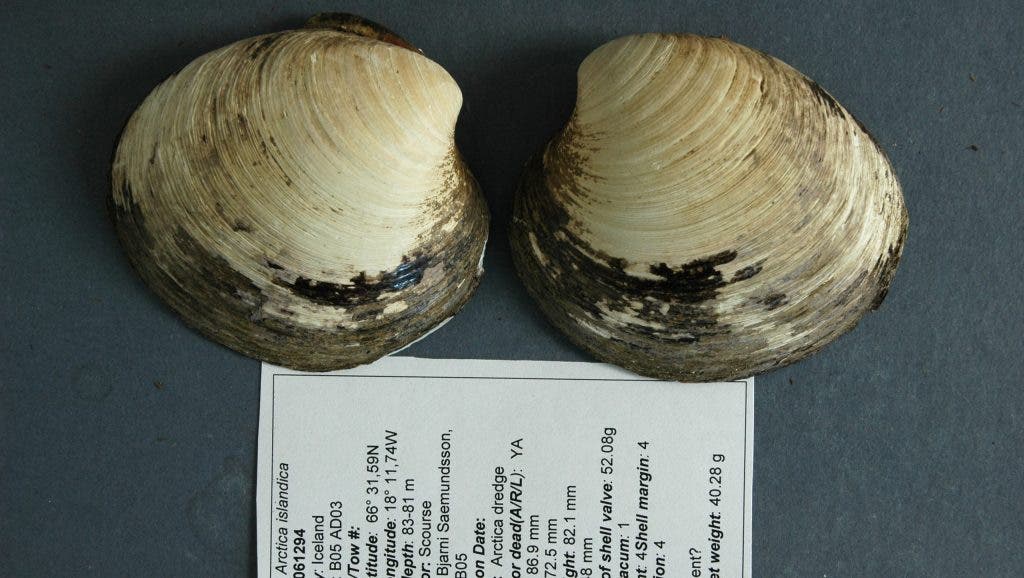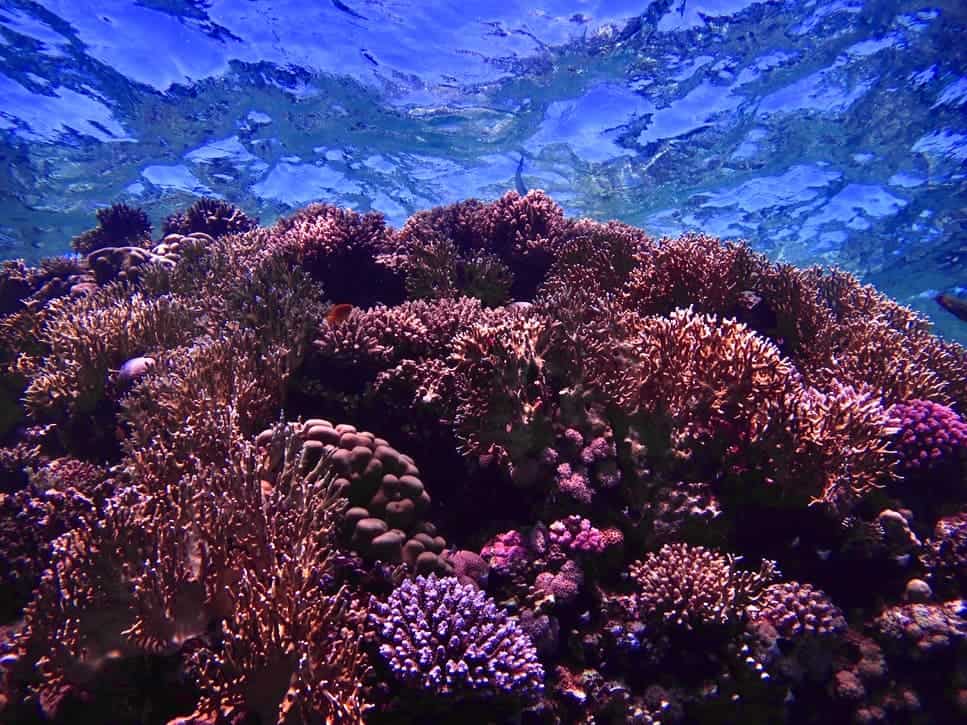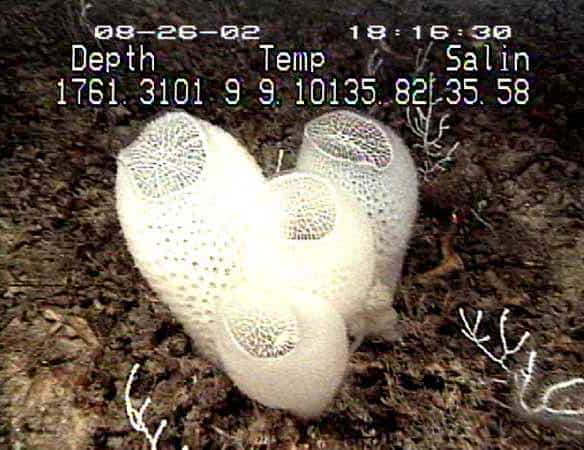In 2006, biologists working near Iceland found a shell that seemed really old, and they wanted to date it. So they took it back to the lab and, well, killed it. The reason is that the best way to count a shell’s age is by counting its growth rings inside its hinge ligaments. These rings are much like tree rings, and are better protected in an area that can only be accessed by force.
Turns out, the shell was a whopping 507 years old (would have been 522 by now). But that’s only where our story starts.

The shell was nicknamed Ming, because it was born during the Ming Dinasty in China (which lasted from 1368 to 1644). It’s been around since the time of Columbus, minding its own business, until it was fetched by researchers.
Ming is an ocean quahog belonging to the species Arctica islandica, an edible, hard-shelled clam. It was initially thought to be 402 years old, but a more careful analysis found it to be over a century older. But here’s the thing: Ming probably wasn’t an exception. In 1868 one specimen, collected alive near Iceland, was 374 years old. In fact, fishermen routinely collect specimens that are a few centuries old, and if you eat clams, there’s a good chance you’ve also eaten one about as old as Ming. They need the right environmental conditions (salinity, temperature), but if they have them, they can live on for centuries.
While more research is needed, researchers suspect that in the right conditions, clams like Ming can exhibit something called negligible senescence, meaning getting old doesn’t really change or affect them. The freshwater pearl mussel is another creature thought to belong in this category.
But is Ming the oldest animal we know of? The answer is, believe it or not, no.

Some of the oldest animals we know of are almost certainly corals. Although they remain fixed in place, corals are animals. They don’t make their own nutrients through photosynthesis like plants, although they do rely on plant-like algae to help them through photosynthesis. Corals live in compact colonies , with each coral “head” being actually a colony of myriad genetically identical polyps. Each polyp is a spineless animal (invertebrate) typically only a few millimeters in diameter and a few centimeters in length. Over many generations, the colony creates the large, characteristic exoskeletons we see in coral reefs.
Corals are also fairly easy to date with radiocarbon, and in 2009, researchers found the ages of two colonies were 2,742 and 4,265 years. In her book The Oldest Living Things, Rachel Sussman also describes how she “met” a brain coral over 2,000 years old. The black coral Antipatharia in the Gulf of Mexico is also thought to live more than 2,000 years.
But another aquatic animal may have an even stronger claim.

It’s hard to say just how long glass sponges can live, but it’s probably over ten thousand years. We don’t know for sure, but according to our best estimates so far, these creatures can live 15,000 years or even more. They tend to live in the frigid and shallow Antarctic waters, and they grow very slowly (which fits with a long life).
Research is still ongoing to better understand these creatures and exactly how long they can live.
However, there are a couple of animals that may be even older than this — in fact, they may be immortal.

Turritopsis dohrnii is essentially immortal. After reaching sexual maturity as an individual, it can revert completely to a sexually immature colonial stage, and then start the cycle all over again — without anything changing. It can do this indefinitely as long as it has the conditions to survive.
In nature, it can still be eaten by predators, but as far as researchers can tell, this animal can go on and live indefinitely. It’s immortal, it’s just that it’s really hard to tell its age. So we’re not really sure just how old these jellyfishes really get in practice, but if one gets really lucky, it may very well be the oldest animal on Earth.
Of course, all the entries on this list feel a bit like cheating. Sure, they are technically animals, but they’re not invertebrates and we wouldn’t really associate them with the idea of animals. So if we were to look at “proper” animals (read: vertebrates), what would be the oldest one?
Well, there’s the Galapagos Giant Tortoise which is known to live to around 160 years, the oldest koi fish that can live to 200 years old, the rockfish that also live to over 200, and George the lobster, which was estimated to be about 140 years old in 2009. But the oldest vertebrate that we know of is actually a shark.

The Greenland shark had traditionally been estimated to live to about 200 years, but a study published in 2016 found that at least one specimen measuring 5.02 m (16.5 ft) was 392 ± 120 years old — which translates to a minimum age of 272 and a maximum of 512. This makes the Greenland shark the longest-lived vertebrate we know of.
It’s a stunning species. They’re one of the largest sharks we know of, but they grow slowly, at about one centimeter per year — and they only reach sexual maturity at the age of 150. They’re apex predators that normally feed on fish, but they’ve also been observed actively hunting seals in Canada. They move slowly and rely on camouflage, and like to strike when their prey is sleeping.
There is much we still don’t know about these very old creatures, and very likely, there are many other creatures we’ve yet to find out about.



